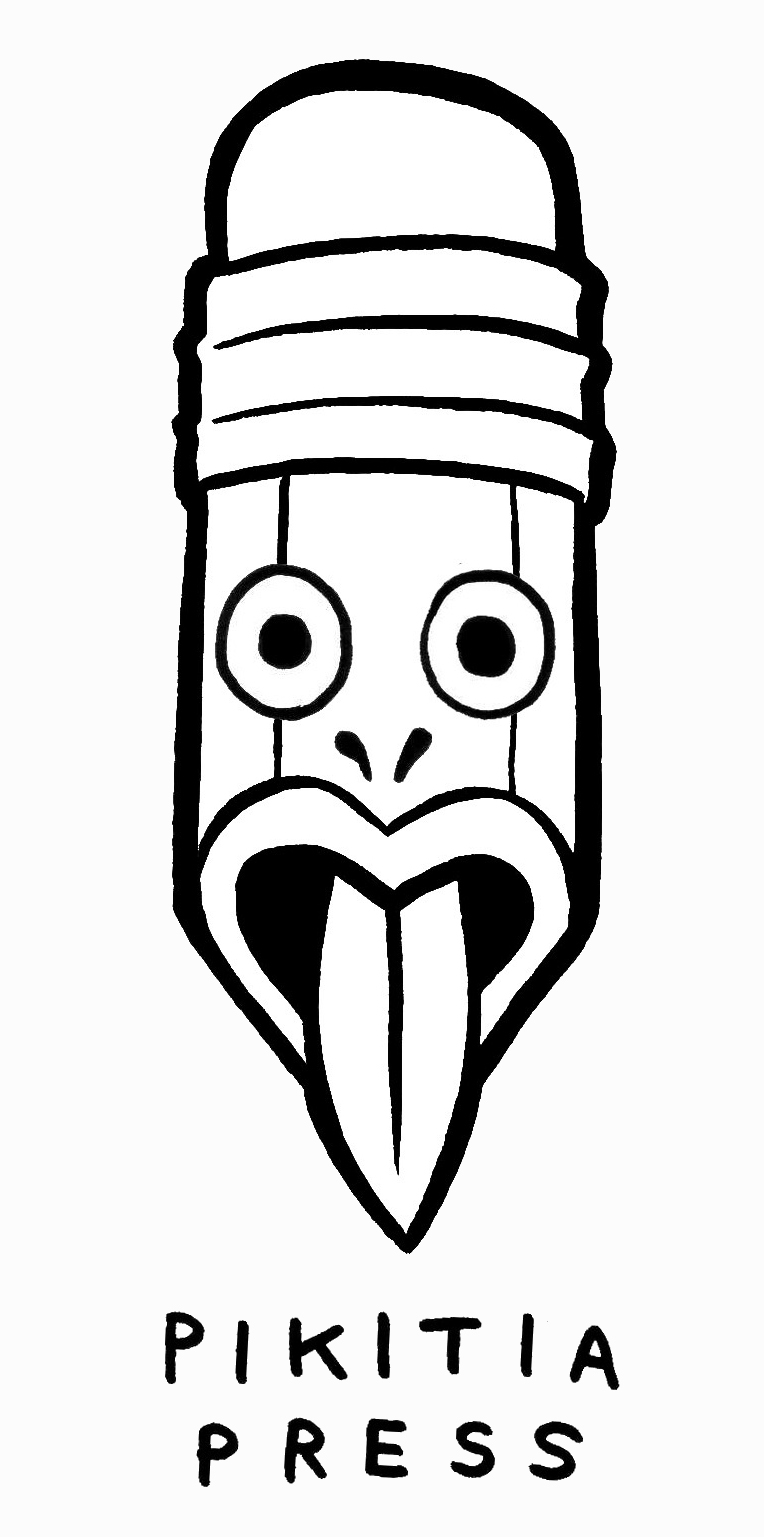The several page article 'The Cartoonists' appeared in the weekly New Zealand Heritage magazine published in the early 1970's and eventually collected as a set of Encyclopedias.
Nevile Lodge
Whatever he may have wished, Lodge actually produced an "average" New Zealander such as he counts himself to be—a character primarily interested in rugby, racing and beer. The social climber is as rarely evident as any individualist. As a result the reader finds in Lodge's cartoons more warmth and easy laughter than in anyone else's work. New Zealanders identify when Lodge comments on the day-to-day social events with which he deals best.
For example, in 1960 when fashion turned yet again to trousers for women, Lodge had a salesman calling at a suburban front door—"Good morning Sir or Madam." Again, in 1956 when individual citizens began playing with tape recorders, Lodge's rueful suburban man soliloquised—"My wife and I just had hard words —she threw our marriage tape at me."
Lodge's reaction to a 1957 suggestion that New Zealand borrow Swiss styles for its Mount Cook and Franz Josef hotels was to depict a guest returning to a hotel to report to his wife—"Well that's got rid of two pests. I just hit that bloke who yodels all the time behind the ear with a cuckoo clock." Also in 1957 when an Auckland trotting trainer was reported to have become a music teacher, Lodge's comment had all the casual philistinism of the middle New Zealander—"Look here, if you play that piece as fast as that again I'll have a swab taken."
Curiously enough, David Low, an expatriate for most of his life, seemed to be groping—towards the end of his career—for a similar protean man. The originals of his Colonel Blimp had largely disappeared from Britain years before Low—under criticism—dropped the Colonel from his cartoons. Replacement was a problem, and in the immediate post-war years when the United Nations was man-kind's not-yet-forlorn hope for a better future Low saw a possible new character in World Citizen, an international version of Minhinnick's John.
Predictably, World Citizen was dull. Not even David Low could make a consciously universal character interesting. The universality of men's predicament has always been better conveyed by such regional inventions as James Thurber's American male and female, and Jaroslav Hasek's good soldier Schweik.
"Premier Coates in a pensive Mood" by George Finey, published in the New Zealand's Artist' Annual, Christmas 1927. Such caricature has almost become unknown.
Caricature
A lack of convenient stereotypes has given New Zealand cartoonists a reverence for caricature—the exaggerated depiction of personality which can say much on its own but which often says more when combined with the broader satirical idea of a cartoon. In David Low that reverence for what he regarded as a higher art amounted to an obsession. Long passages of his otherwise excellent writing are devoted to the distinction between caricature and cartoon. He thus places his readers in a similar position to that of the schoolboy who wrote a famous literary criticism—"This book tells me more about penguins than I really wanted to know."
The newspaper or magazine reader is similarly placed. He judges a humorous or satirical drawing by the spontaneity with which it sums up a situation already known to him and the sense of proportion it brings to that situation. To him caricature is valuable in making public figures readily identifiable, but it is far from being essential to the quick comprehension of a cartoon. Witness the number of successful cartoonists who get by with printed labels on their principal characters.
Low was right in one respect. The art of caricature is difficult and rare. Among its New Zealand practitioners can be counted George Finey, George Pram, J. C. Blomfield, Stuart Peterson (arguably), Low himself, Counihan of the New Zealand Observer, P. G. Reid, J. T. Allen (whose Face Values is noteworthy in that its caricatures of academics such as Hight, Tocker, Sinclaire, Winterbourn and Farr are better than those of politicians such as Semple and Savage), and of course Gordon Minhinnick.
Stuart Peterson
J. C. Blomfield
Of that list Low achieved the greatest renown abroad and Minhinnick the greatest at home. Understandably they had a proper regard for each other's work. Low wished Minhinnick to take his place on the Evening Standard when he left it. In an introduction to the Arts Council's 1968 exhibition of 90 Low cartoons, Minhinnick wrote: "To the informed layman the first impression gained from Low's cartoons is the excellence of his draughtsmanship. It is so unquestionable that it is likely to be taken for granted by the uninformed. This is a pity, because Low's brush line at times rivals that of the classical Japanese masters. There are no gimmicks, no short cuts, seemingly no concessions whatever to that bugbear of all newspaper men—the clock. Every line is an essence of lines, every form in its rightful place, every expression, every action, is the epitome of what he wished to suggest. Nothing is superfluous. Nothing is wasted. Technically, Low was a master crafts-man." Identical words could reasonably be written of Gordon Minhinnick himself.
Gordon Minhinnick (New Zealand Herald)







